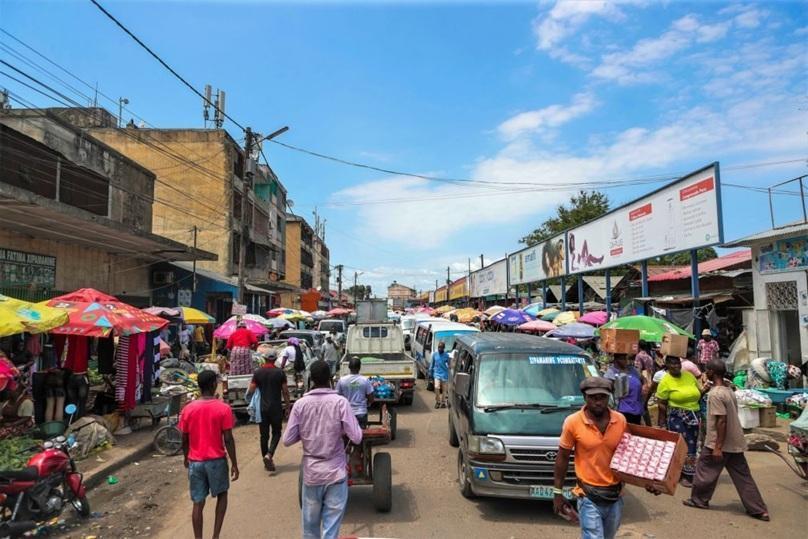Africa-Press – Mozambique. The adult Mozambican population with accounts at Electronic Money Institutions (EMIs) has grown from 28.6% of the total to 109.8% in the last ten years, contrasting with the fact that 26 regions have no bank branches, according to the Government.
“Digital electronic money has proven to be the driving force behind financial inclusion in Mozambique. In this context, 100% of the country’s adult population now has an e-money account, with the increase in the adult population with accounts at Electronic Money Institutions (EMIs) from 28.6% in 2015 to 109.8% in the first quarter of 2025,” Finance Minister Carla Loveira said today.
Speaking in Maputo during the launch of the National Financial Inclusion Strategy 2025-2031, Minister Carla Loveira praised the contribution of digital wallets to financial inclusion.
Mozambique currently has three EMIs, via the three mobile telecommunications operators, which provide financial services via mobile phones, including money transfers between customers and payment for services.
According to a statistical report from the Bank of Mozambique, the number of bank accounts in the country grew from 5,687,975 at the end of 2023 to 6,221,640 in December of last year, but this did not keep pace with the increase in EMI customers, which grew 18.5% in the same period, to 19,870,700, adding almost three million new accounts in the space of a year.
Also today, while taking stock of the National Financial Inclusion Strategy 2016-2022, the finance minister announced that at least 128 districts, out of a total of 154, now have a bank branch, a 68% increase from 2015 to the first six months of this year.
“Regarding the percentage of bank accounts among the adult population, there was modest growth, rising from 31.1% in 2015 to approximately 32.3% in the first quarter of 2025. This growth fell far short of the target established in the last strategy, which was to reach 60%,” Loveira stated.
The data provided by the minister indicate that between 2015 and the first half of 2025, financial savings, measured by the ratio of deposits to gross domestic product, saw a slight improvement, rising from 47.6% to 48.8%, in contrast to the financial intermediation ratio, which saw a “significant reduction” in the same period.
“This ratio fell by 19.3 percentage points, falling from 36.4% in 2015 to 17.1% in the first quarter of 2025. This dynamic illustrates the challenge facing banks to improve their contribution to financing the economy and their impact on stimulating investment and economic growth, despite the observed economic shocks,” Minister Loveira noted.
The new National Financial Inclusion Strategy 2025-2031, based on four pillars, aims to expand access to financial products by multiplying access points and digital financial services, including the promotion of digital payments, improving access to credit, creating a favourable investment climate, and expanding insurance and green financing.
In the new strategy, the government will advance the promotion of financial literacy by educating Mozambicans, especially in rural areas, and strengthening knowledge of consumer rights. The new strategy aims to ensure that by 2031, at least 60% of the adult population has a bank account with a formal institution and 30% of this group has a loan with a financial institution.
The government will take on the challenges of consolidating macroeconomic stability based on low inflation and exchange rate and fiscal stability.
At the launch of the strategy, long-term challenges for the economy were identified as mitigating the risk associated with financing micro, small and medium enterprises (SMEs), which represent 98.1% of all active companies in the country, or the need to overcome the high costs of financial services that continue to be a “real barrier for low-income families and small businesses in accessing the financial sector” and to the financial inclusion of the informal sector.
For More News And Analysis About Mozambique Follow Africa-Press






